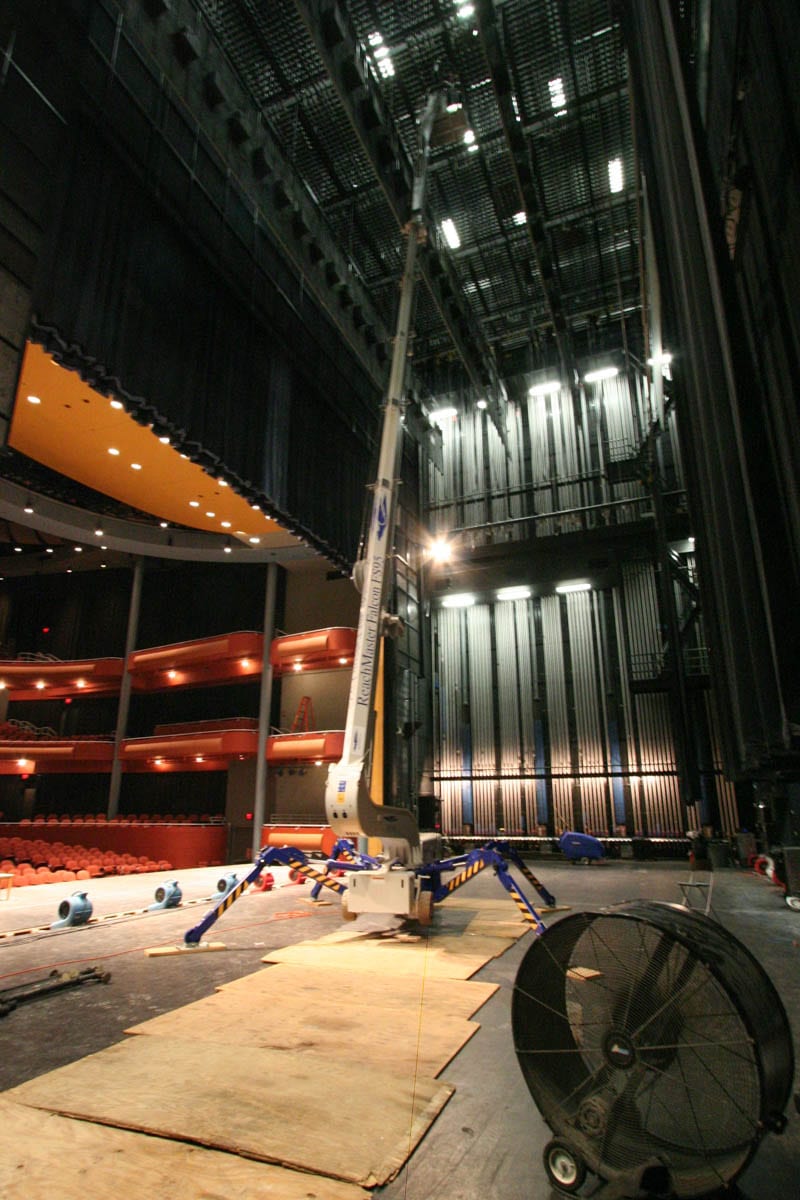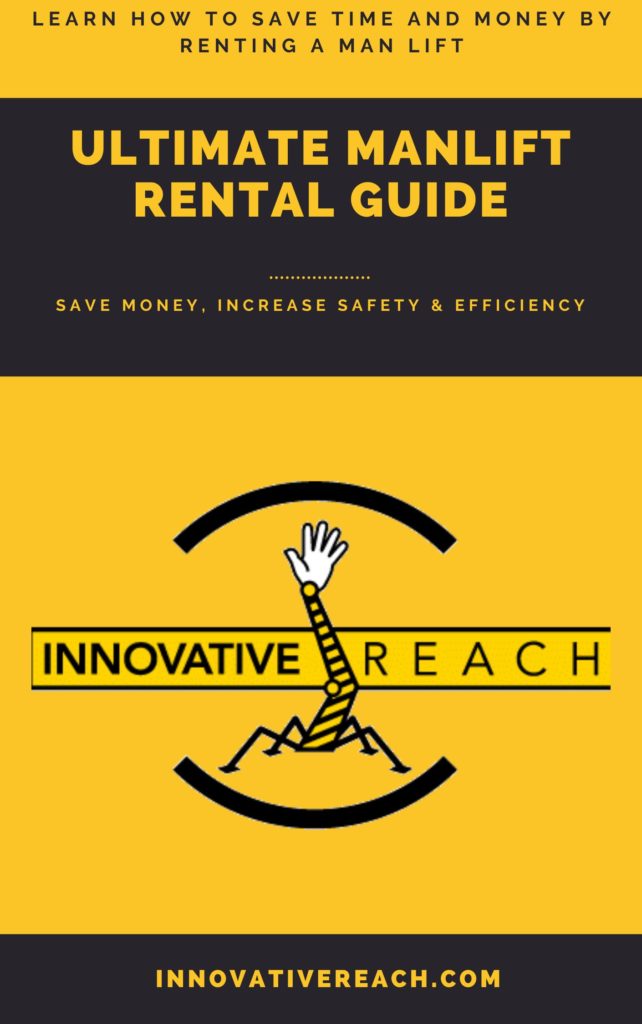Whether finishing up an HVAC installation, painting, and doing ceiling work, it’s not rare for contractors to work at heights with an atrium man lift. Lifting both materials and people should always be done safely as possible. The variety of atrium platforms and man lifts can make this confusing.
From articulating boom lifts to platform man lifts, how do you decide?
Which man lift or atrium man lift is best for you and your job?

Here are a few things to consider when selecting which atrium man lift or man lift you should rent for your job.
Indoor or outdoor Man lift?
The first question is about where you need the lift to operate. If your project is mainly outside, you may want to refrain from using certain types of lifts. For example, scissor lifts are mainly graded for interior use. They aren’t as stable on uneven terrain with lower wind speed capacity.
However, rough terrain scissor lifts are a subcategory of scissor lifts that have been designed specifically for outdoor use when direct up-and-down movement is needed. The biggest difference between these two scissor lifts is that rough terrain lifts have four-wheel drive stabilizers fitted with reinforced tires.
Fuel Consideration
Another reason to identify if you’ll be using a lift indoor or outdoor is because of fuel. Many telescopic boom lifts run on fuel like dual fuel or diesel. Using these gas-powered machines indoors with low ventilation is dangerous.
Moreover, inquire about electric lifts if you will be operating indoors. It will keep the contractors and other operators safer, but it will help reduce the risk of fire or explosion inside the building.
What type of job are you doing?
There are two key types of lifts: the boom lift and the scissor lift.
Scissor lifts operate in the up-down position, while boom lifts provide a forward reach. Articulating boom lifts also provide a bit of a turning capability in the boom, which gives the ability to reach around corners or up and over beams, roofs, etc.
Scissor lifts are popular for ceiling and painting work when the lift can get right up in the space that needs the work. The base is as big as the platform, which means they fit into small spaces and don’t require more space to maneuver, unlike boom lifts with a bit of a neck on the body.
How tall do you need the aerial lift to go?
Range and height are key considerations when looking to rent a man lift. Range refers to the horizontal space achieved by a telescopic boom lift. That means it’s important to keep this in mind for the job itself and the lift’s space to enter and maneuver in.
All lifts should be able to fit through entrance ways and turn as needed, all without hitting any obstacles.
What are you lifting?
This question is important for two reasons. The first is the size of the platform.
You can’t lift anything bigger than the platform itself. If you expect to raise light fixtures or drywall, the platform must be big enough to accommodate the entire piece of material.
The second point to this question is weight. Depending on the reach and size of the machine, the max weight capacity changes. Consider the reach, weight, and material before setting your mind on a specific lift type.
If you aren’t sure about reach capacity and max weight, Innovative Reach is here to help answer your questions and provide direction for which man lift rental is best for your job.
Renting a Man Lift
Lifts are often used for shorter periods with specific construction projects or tasks. At Innovative Reach, renting an atrium man lift gives you the ability to choose the best machine for the job, no matter how long or short the job is.
For more information, visit our website https://innovativereach.com/ or contact us at (319) 900-5995.


